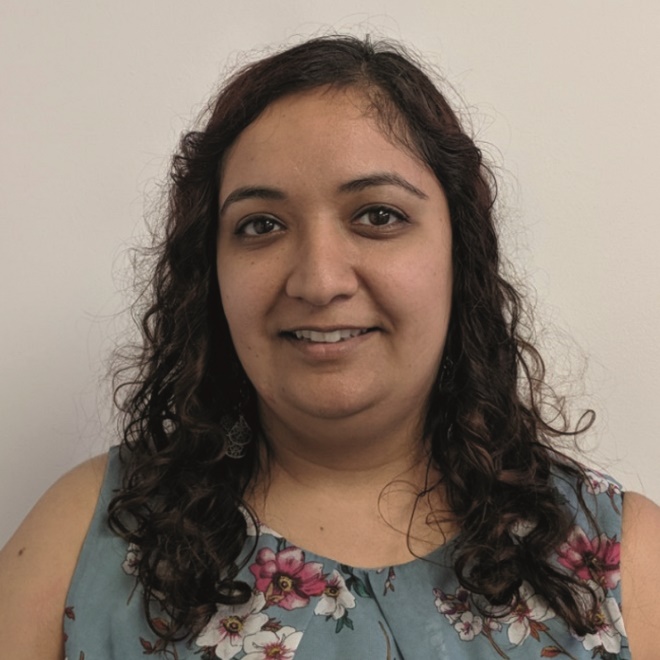
Shutterstock.com
Having worked as a community pharmacist for nearly ten years and having been a preregistration tutor for five years, I have recently started working as a practice pharmacist in a much larger team. Over my time as a pharmacist, I have developed a range of experiences and attended numerous tutor training courses. I have also successfully completed leadership training as part of the Healthy Living Pharmacy course.
In October 2017, my manager at the pharmacy suggested that I sign up to the Mary Seacole leadership programme. My extensive experience led me to believe that the programme would not provide me with anything I hadn’t already come across; however, I felt it would be, at the very least, a good refresher.
To my surprise, the course was far greater than I anticipated! When I logged into the online learning portal, I was greeted with the variety of different aspects covered, including modules about motivating the team, shared goal setting and handling conflict. Working through the e-learning, and applying this to the team that I work in, has better equipped me with skills that can be used to achieve shared goals in a more efficient and productive way.
In addition to the e-learning, I have found that participating in the online group discussions gives a platform to discuss key issues that come up in each topic. The contributions given by other participants in the group forums allowed me to see a range of views, examples and styles of working. In turn, this encouraged me to reflect on the way in which I work and how I could apply the knowledge I have acquired through the online platform to my practice.
I have learnt about a number of tools since beginning the course — such as the RACI (responsible, accountable, consulted and informed) tool — which have enabled me to work with my team and better establish roles and responsibilities of each team member. The RACI tool has helped encourage accountability among team members for the range of activities carried out in the pharmacy.
Motivating team members to carry out tasks that they fail to understand the importance of can be a cause of conflict for many. I have learnt more about the different ways to handle conflict in practical ways, as well as understanding how others may respond to conflict.
Attending face-to-face training days has given me the chance to put my skills into practice. Examples include using the ‘push’ and ‘pull’ motivation techniques to encourage and advise others.
The training days have also given me the chance to discuss concerns and ideas with other pharmacists in the same position. The workshops were a good learning experience — a fun and innovative way to learn and enhance leadership skills.
With the way that the role of community pharmacists is evolving, there is a need for strong leadership skills. For me, the Mary Seacole programme has provided me with a number of tools and skills that will help me expand my role as a leader and enable me to better support my team.
If you are looking for something that will help you further your leadership skills and support your learning, the programme is definitely for you.

About the author:
Chandani Sakaria is a community pharmacist at Biotech Pharmacy, an independent pharmacy, and a GP pharmacist at Islington GP Federation, working on the Diabetes Quality Improvement Project.
Chandandi started the Mary Seacole Programme in November 2017 and completed it in May 2018.


